DARK ANNALS FROM HISTORY
On a hot summer day in the late 1860s, at the tick of the clock at sharp 0500 hours, the long desolate corridor reverberates to the echo of the warden’s orders, which the prisoner hears for one last time as he is scrolling through his whole life, a flashback of memories, before being put to the gallows. This harrowing account is repeated periodically, as a new prisoner is waded through the narrow spiral steps leading to the gallows, only to hear the warden scream one last time, at the break of dawn.
Once more the doors to the gallows creaked open as we stepped inside this ancient building to experience its historical tales. As the pigeons flew out, we witnessed the eerie remnants of a historically significant place, which had got hidden from the annals of history. Walking through the corridors we could feel the dreadful atmosphere that prevailed a century ago come alive.
This structure of heritage importance is the Military Reformatory located above the rocky outcrop in the garrison city of Secunderabad, Telengana, which was constructed in 1858 to incarcerate the convicted criminals amongst the British Indian Army soldiers in pre-independent India.
This architectural marvel is built on the pattern of the Windsor Castle in lustrous white stone. Its distinct round tower, embattled entrance, cruciform arrow-slits, and Tudor turrets reflect the architectural finesse of the medieval British era. The corridors are adorned with gothic arches, which bear the unmistakable British architectural trademark.
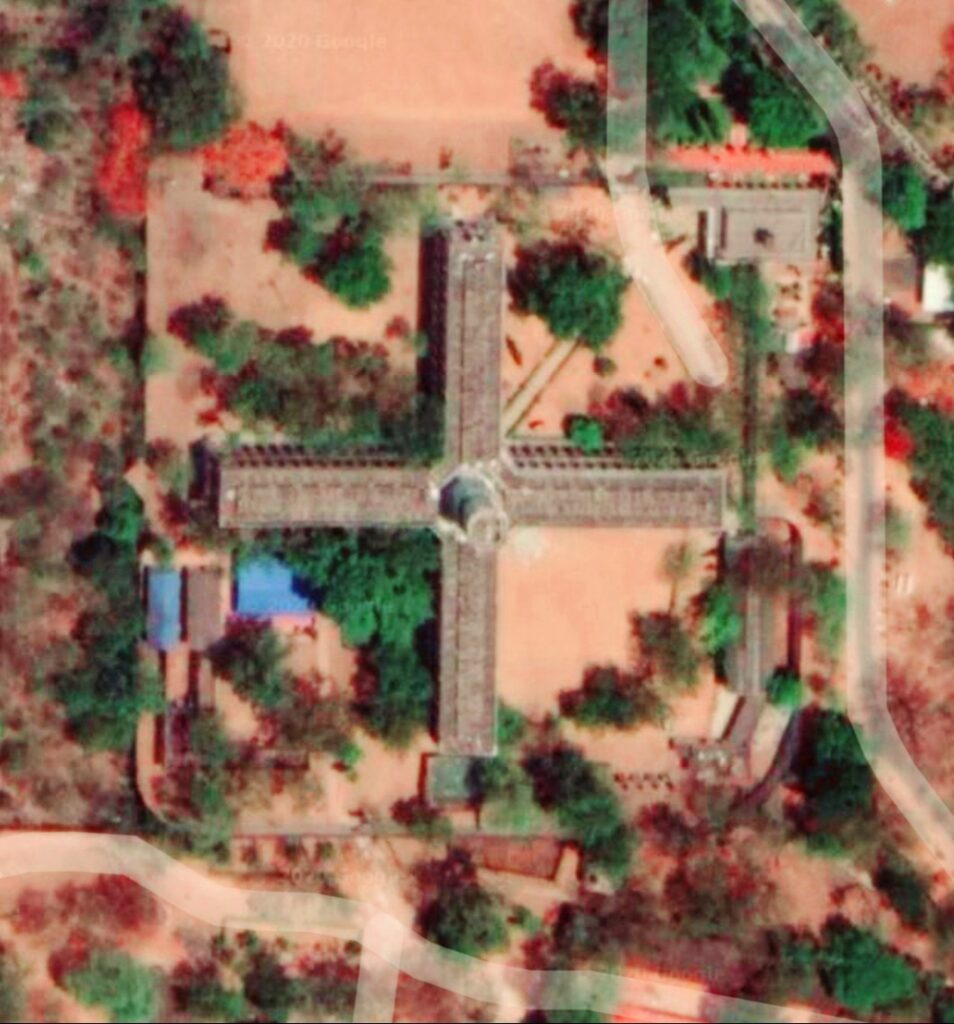
The building has four wings that branch out into cardinal directions from the central tower. A total of 75 prison cells are displaced on the first and second floors. Each wing houses two rows of cells with each cell facing the rear of the other, primarily done to desist contact with other prisoners. The cells are approached only through a flight of steps emerging from the central tower.

The Cellular jail at Port Blair, Andaman, was constructed between 1896 and 1906 and modeled on similar lines to the Military Reformatory. The jail was constructed with seven wings (instead of the four), like a seven petal flower. The Military Reformatory boasts of its vintage.
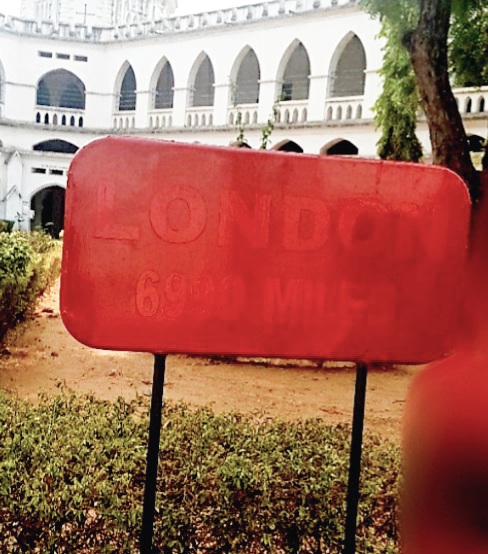
At the entry point of the gaol, a board mentioning “LONDON 6990 MILES” was placed to remind the British prisoners of their home far away with no possibilities to escape. Outside the boundary wall of the building, there is a 15 feet wide drain where crocodiles were put as deterrence.
The British preeminence and haughtiness is evident not only in the building architecture alone but also in the inhumane treatment dispensed to the prisoners. The third floor of the building houses the gallows room where the prisoners were hanged.
The execution block is so high that if the rope did not kill the prisoner, the body was dropped on sharp iron spikes at the bottom of the first floor, which would ensure death. Present day, the iron spikes have been removed.
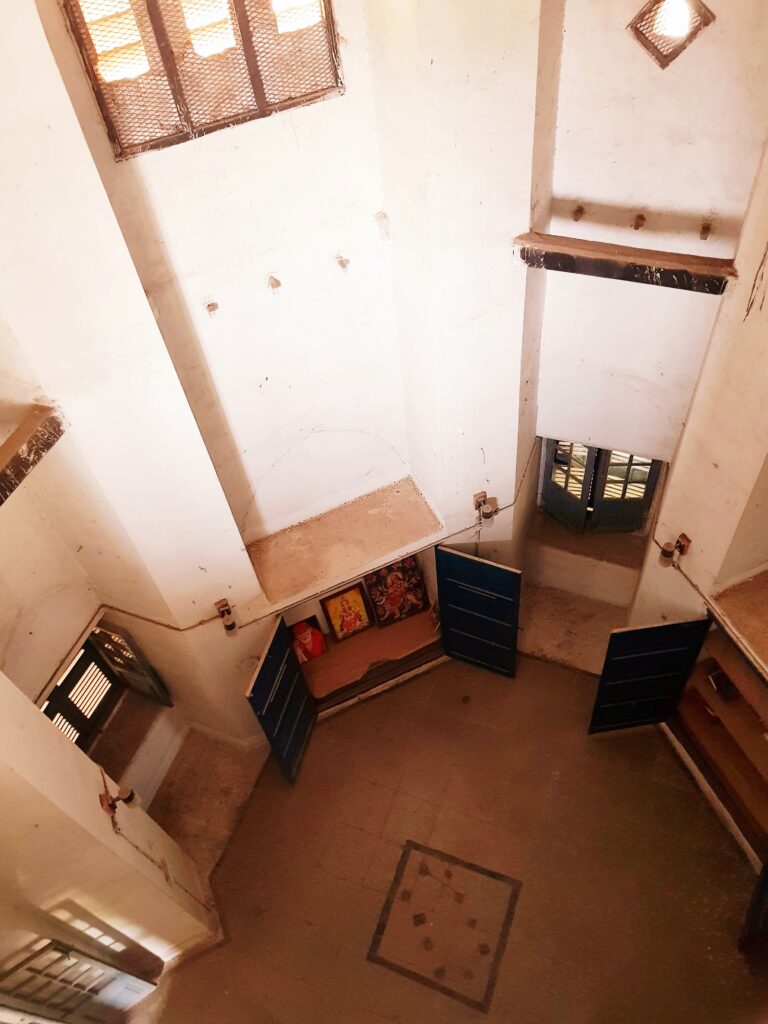
After offering their last prayers, the prisoners were made to ascend the 36 narrow wooden steps leading to the gallows. The bodies were later buried in the cemetery within the prison premises. Records suggest that approximately 500 prisoners were executed at the prison.
The towering boundary walls kept the prison and all the activities that went on inside the gaol obscured from the outside world. The prisoners were kept in solitary confinement and secluded from any outside contact. So much so that when a prisoner needed treatment, he would be transported to the adjoining Military Hospital through an underground tunnel to avoid any contact with outside world.
The thought to construct this gaol was given in the aftermath of the Indian Mutiny in Hyderabad. Feeling insecure after the rebellion led by Maulvi Allauddin and Turrebaz Khan on the British Residency, Hyderabad on 17 July 1857, the British government hurriedly constructed the gaol.
Maulvi Allauddin and Turrebaz Khan are revolutionary figure freedom fighters in the Deccan history, known for their valour and courage. There is a slang in Hyderabad folklore, a positive one “Turram Khan”, when you call someone that, you are calling him heroic.
The building was handed over to the Indian Army after independence. However, the record of prisoners was not handed over by the British since the prisoners were of British origin. The gaol was extensively used during the Second World War when few captured prisoners were lodged there.
The last known account of army men imprisoned in this jail is of 1984 when in the aftermath of operation ‘Blue Star’, army men of Ramgarh Regimental Centre who had mutinied were lodged at the Military Reformatory to be tried summarily. Soon after in 1984, the prison was disbanded.
For the unflinching efforts put in by the Indian Army to maintain the gaol, the Indian National Trust of Art and Culture (INTACH) presented the Charminar Intach Heritage Award in 1997.
This structure of heritage importance is located at Trimulgherry crossroads; however, it is not open to tourists.
Bon Voyage
Google Map : https://goo.gl/maps/ym4sZP794ZpHC6d88



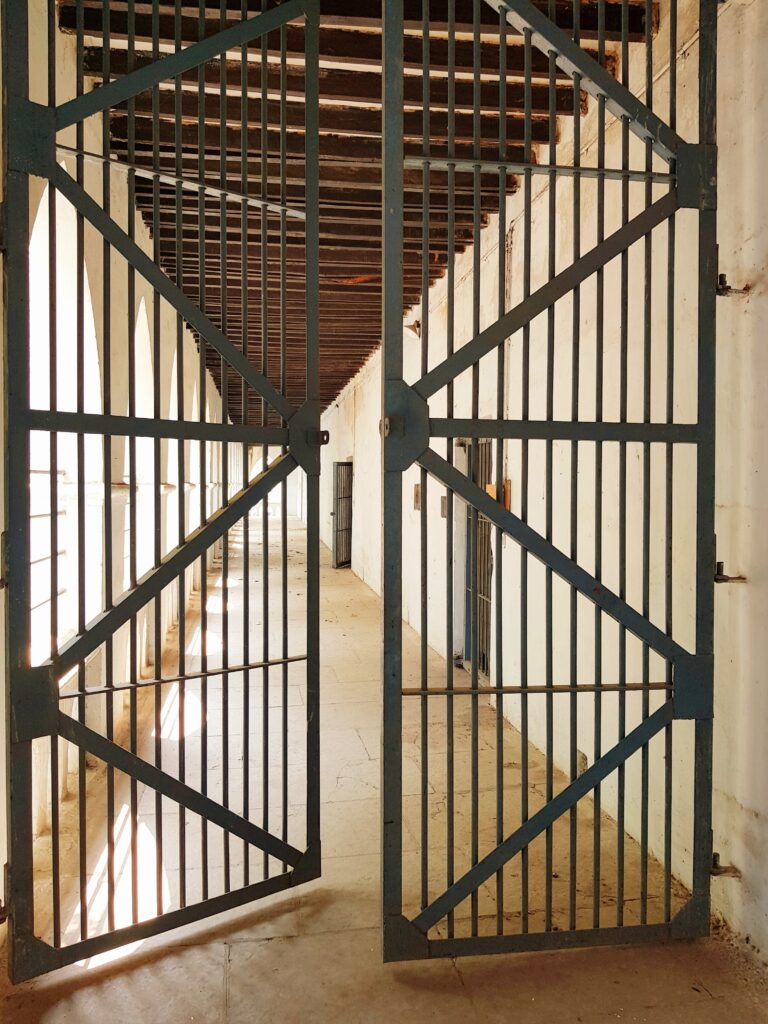
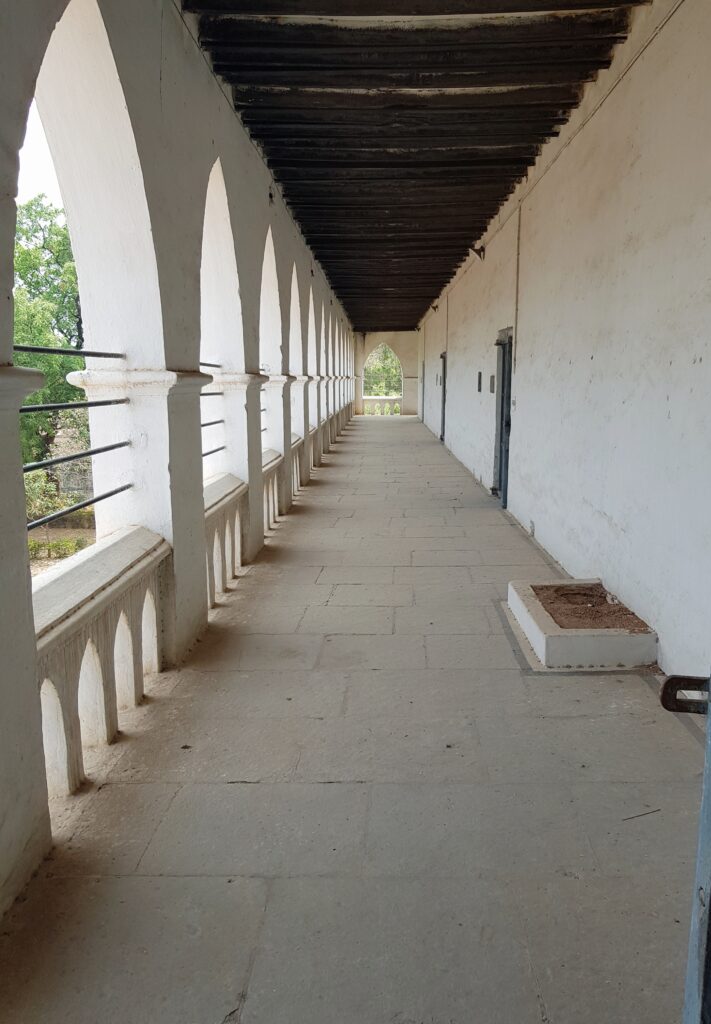

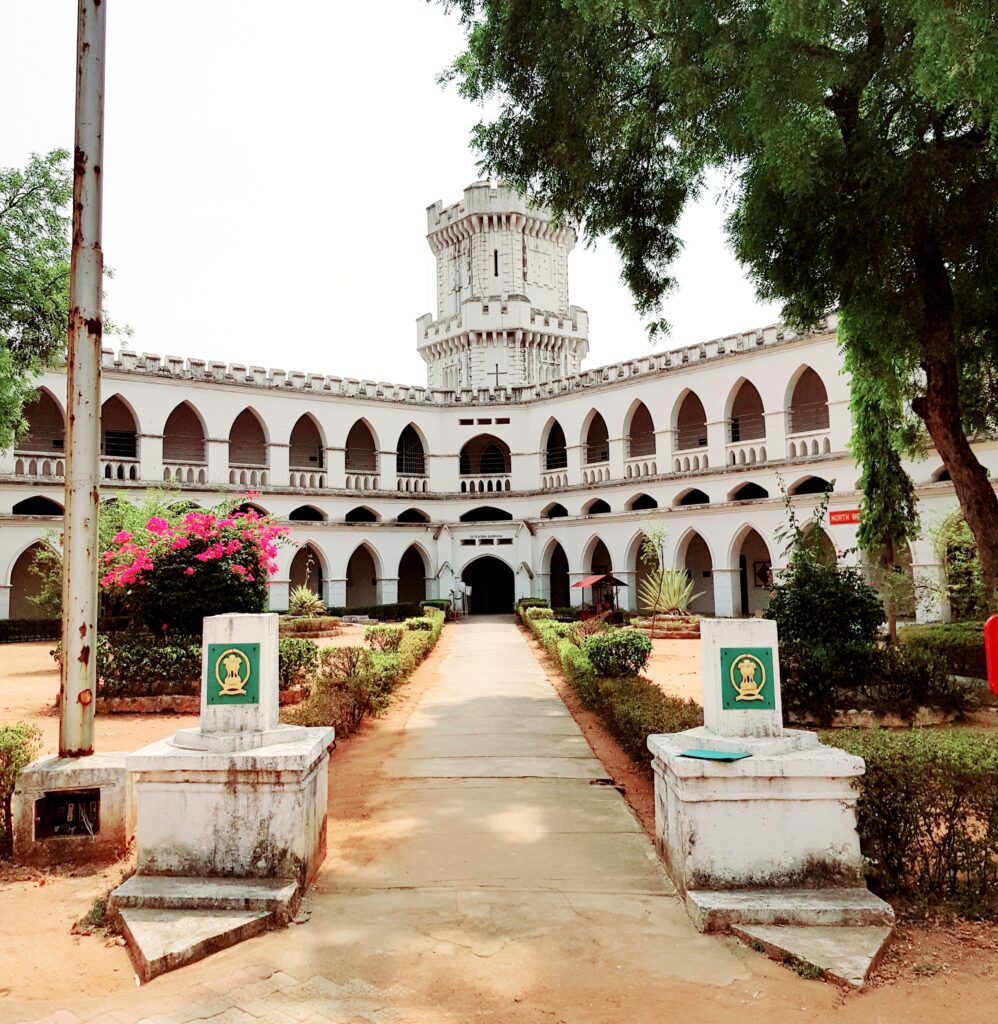
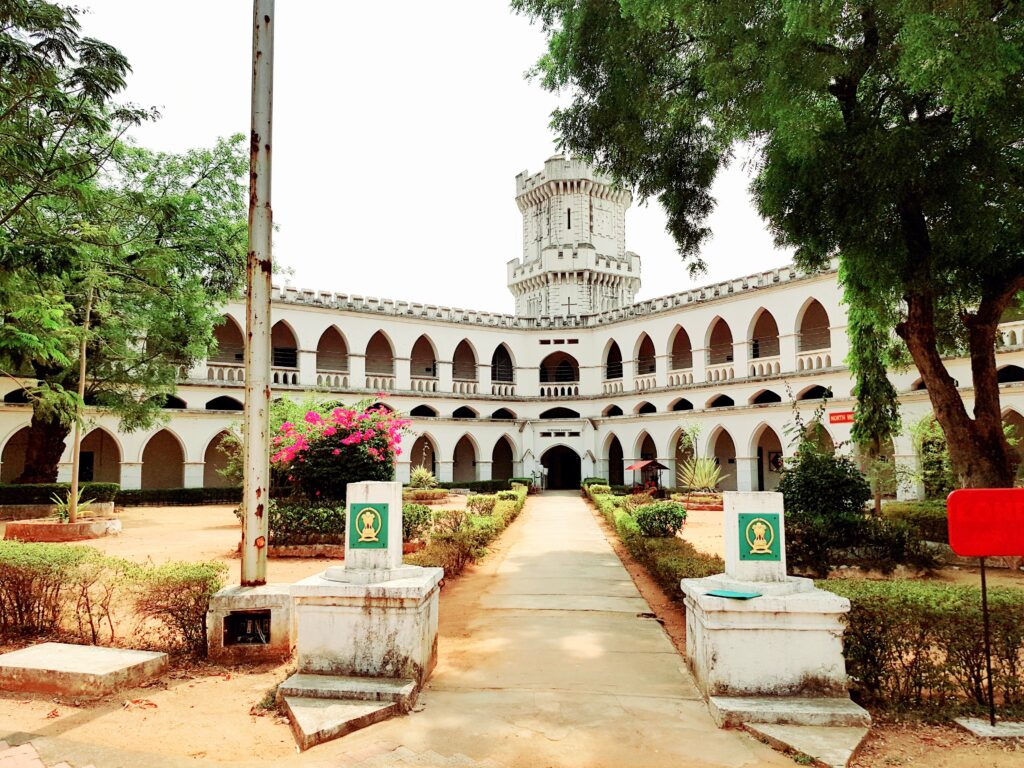
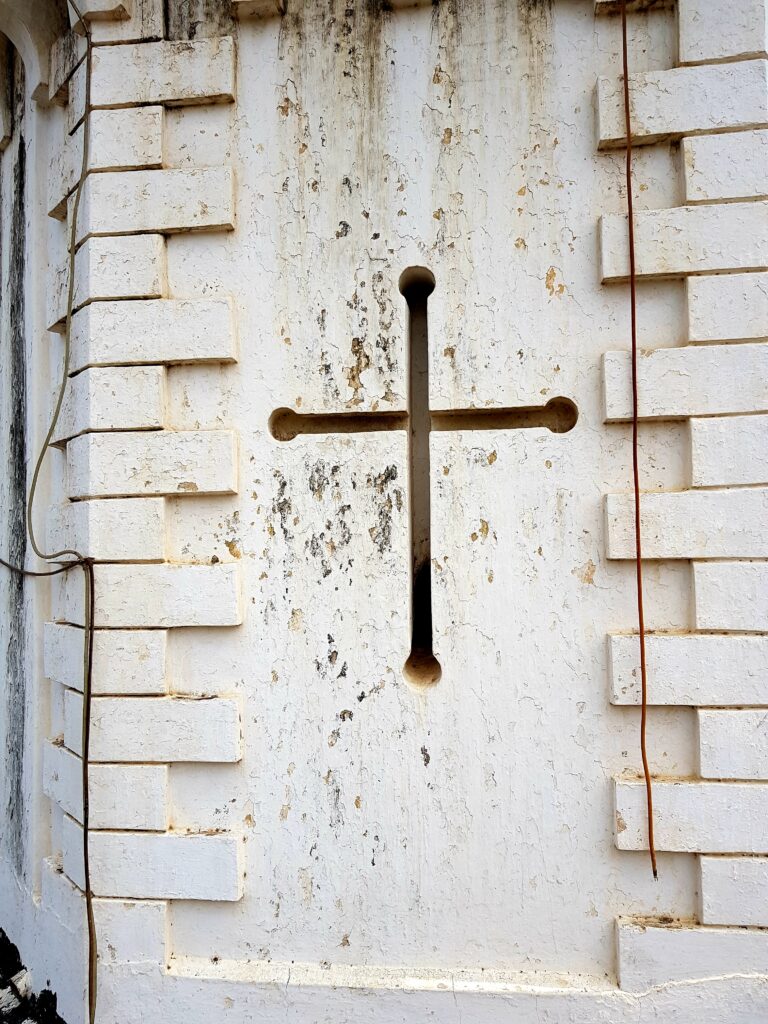
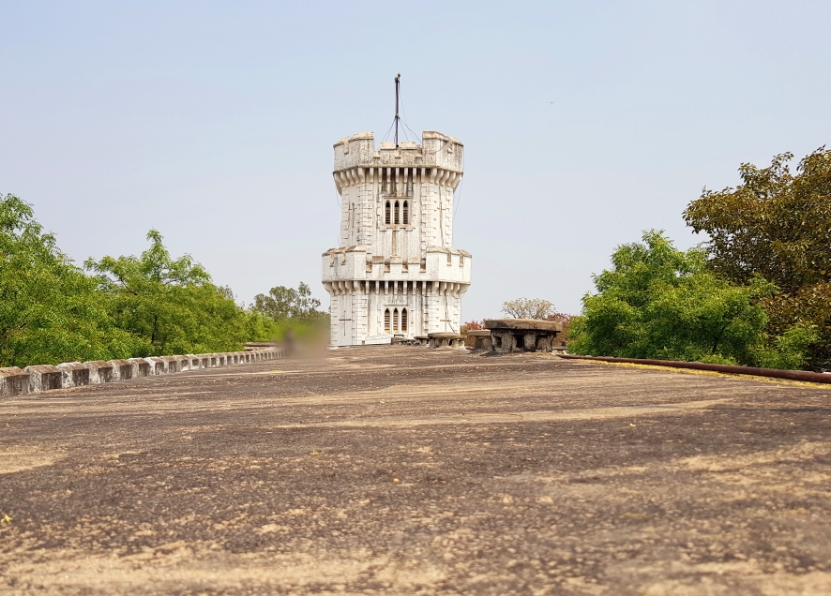
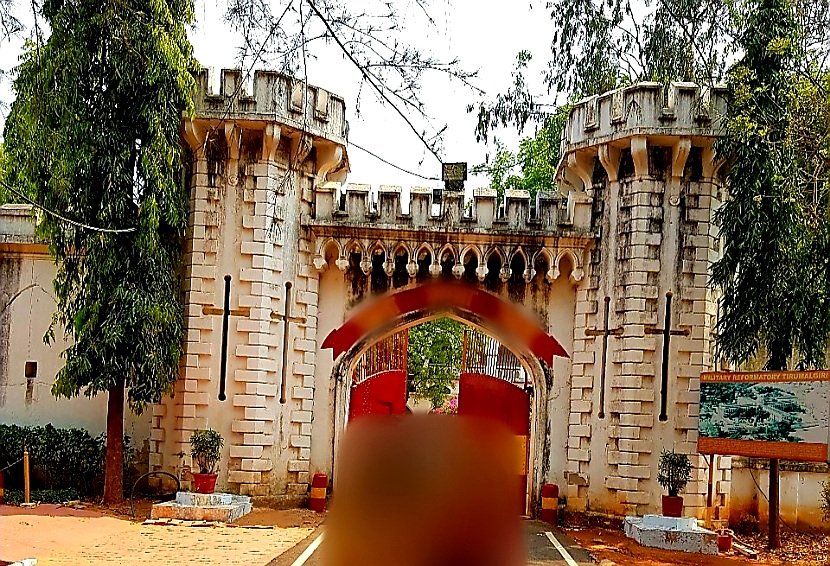
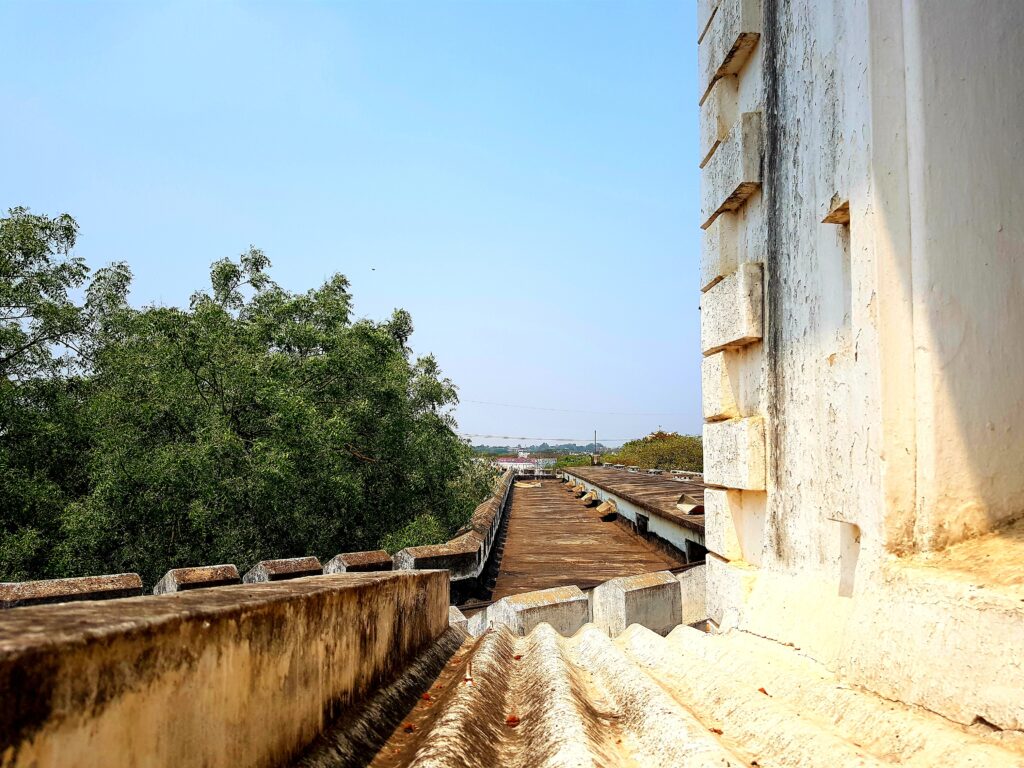
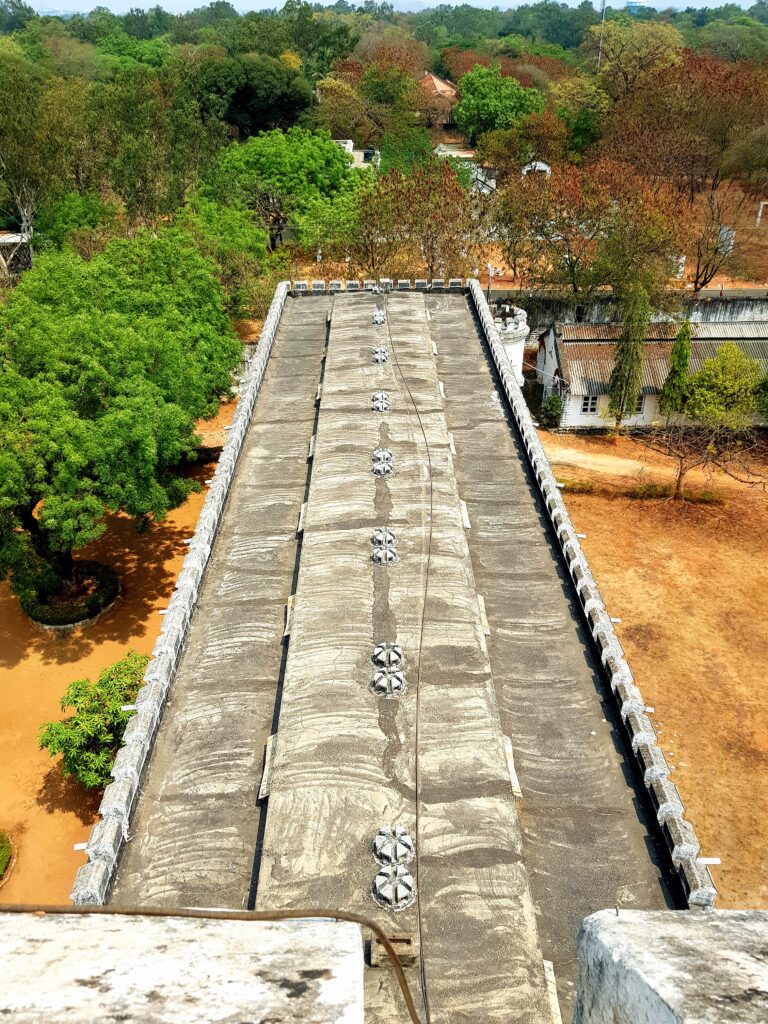
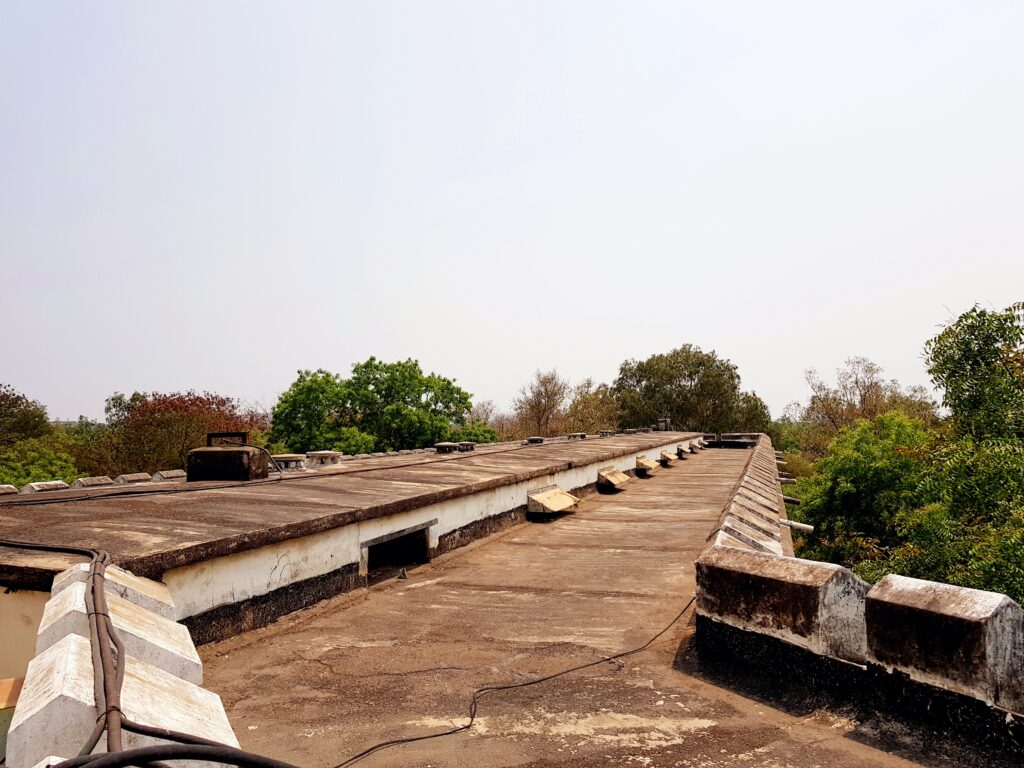
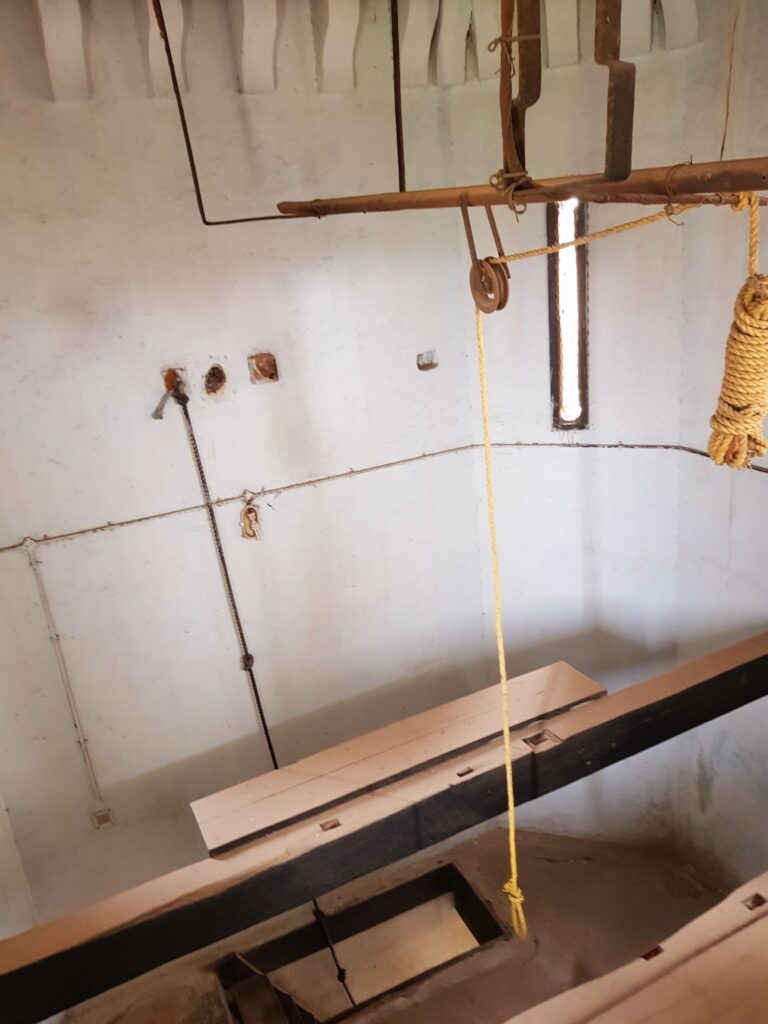

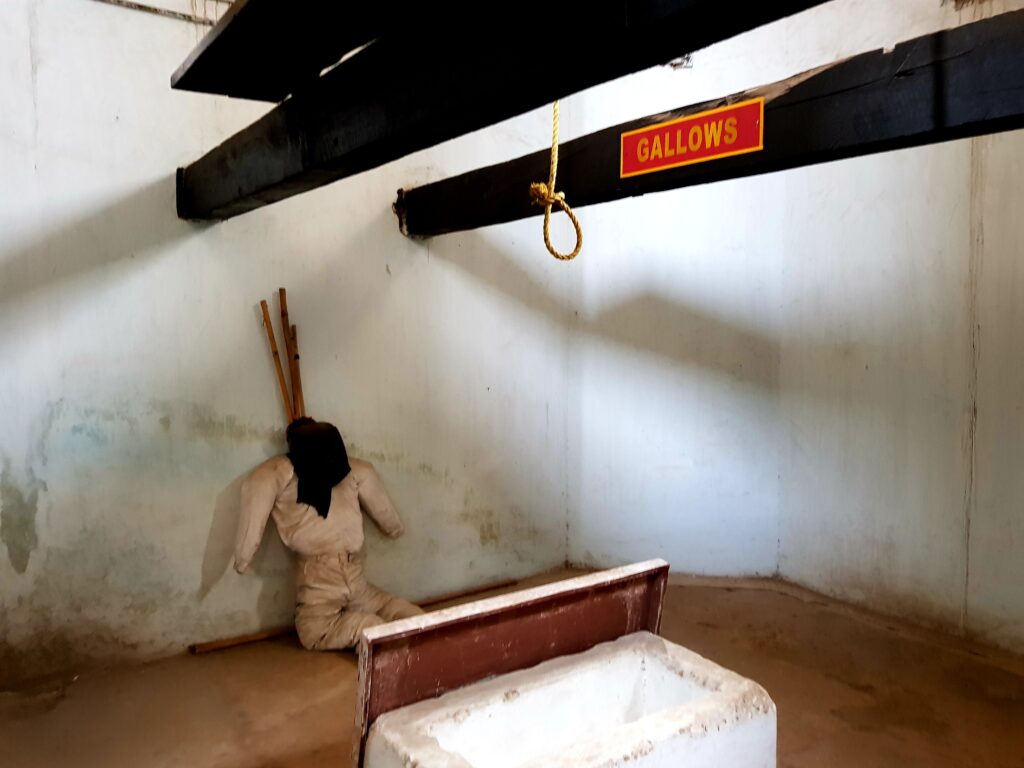
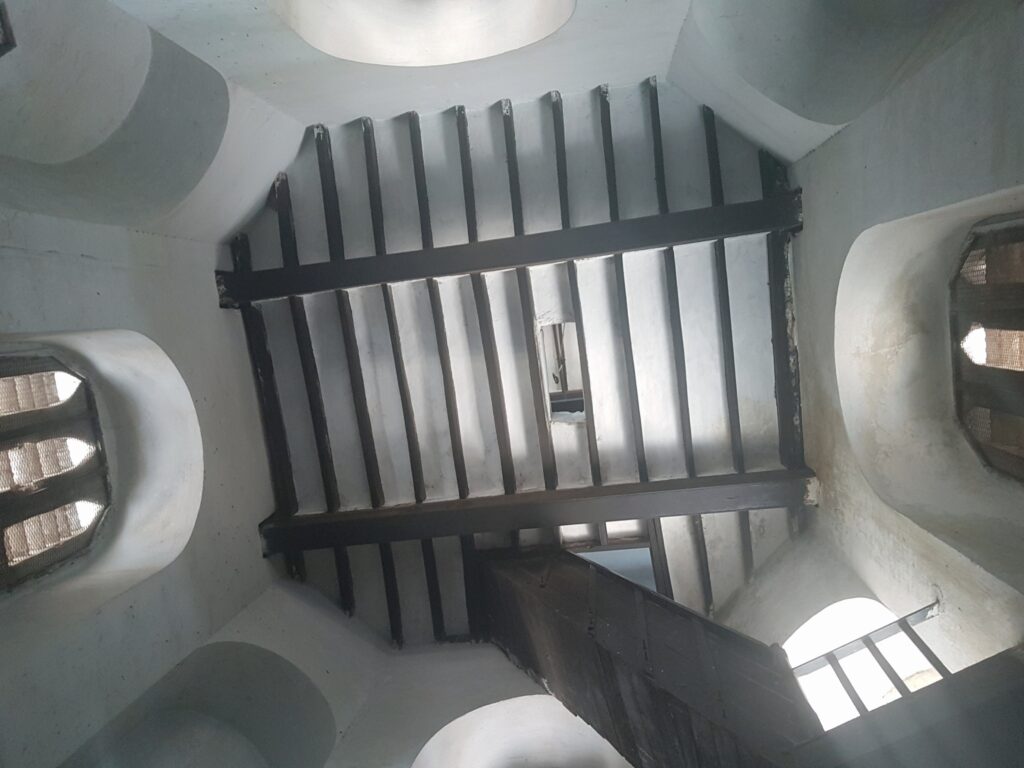
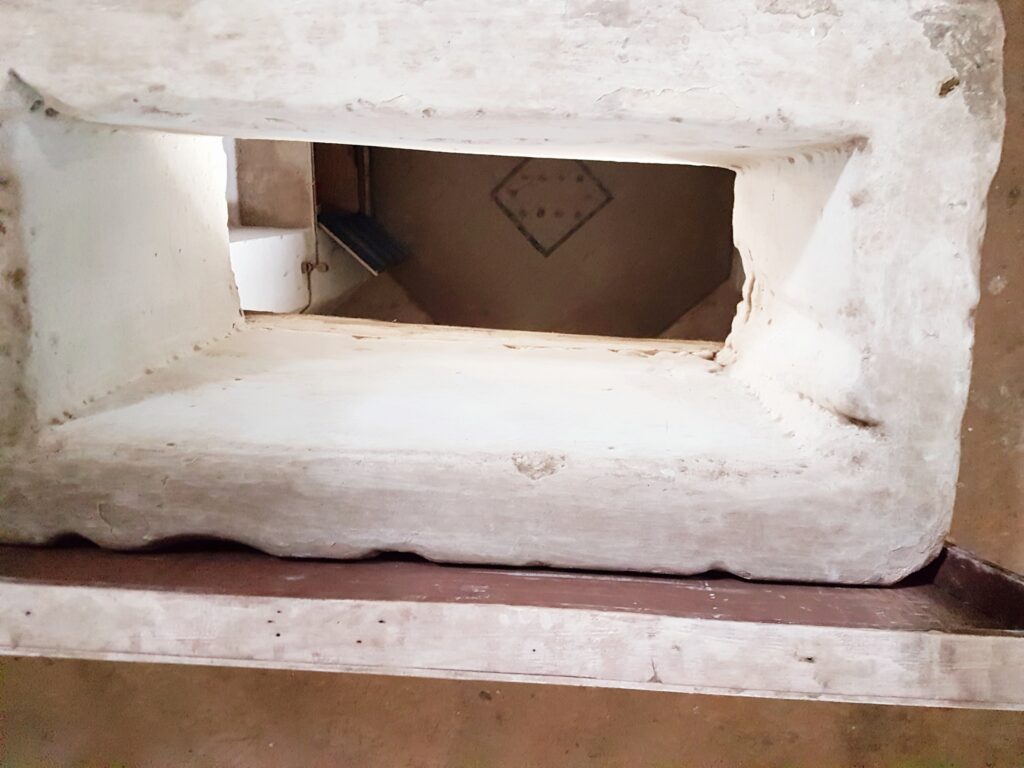
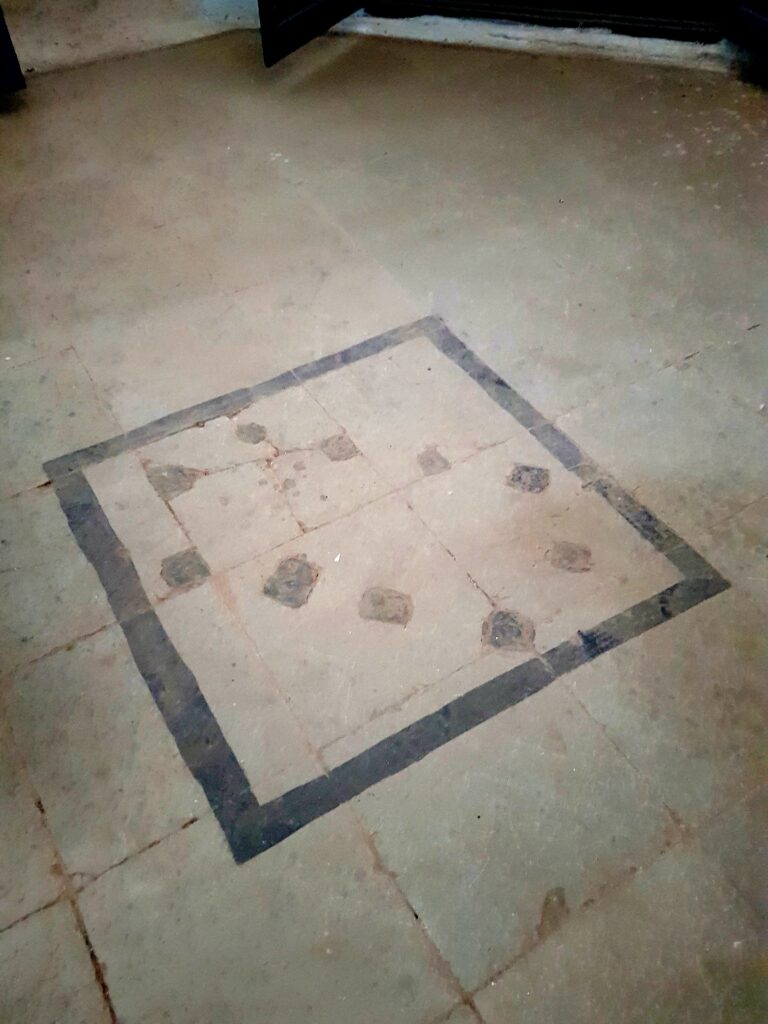
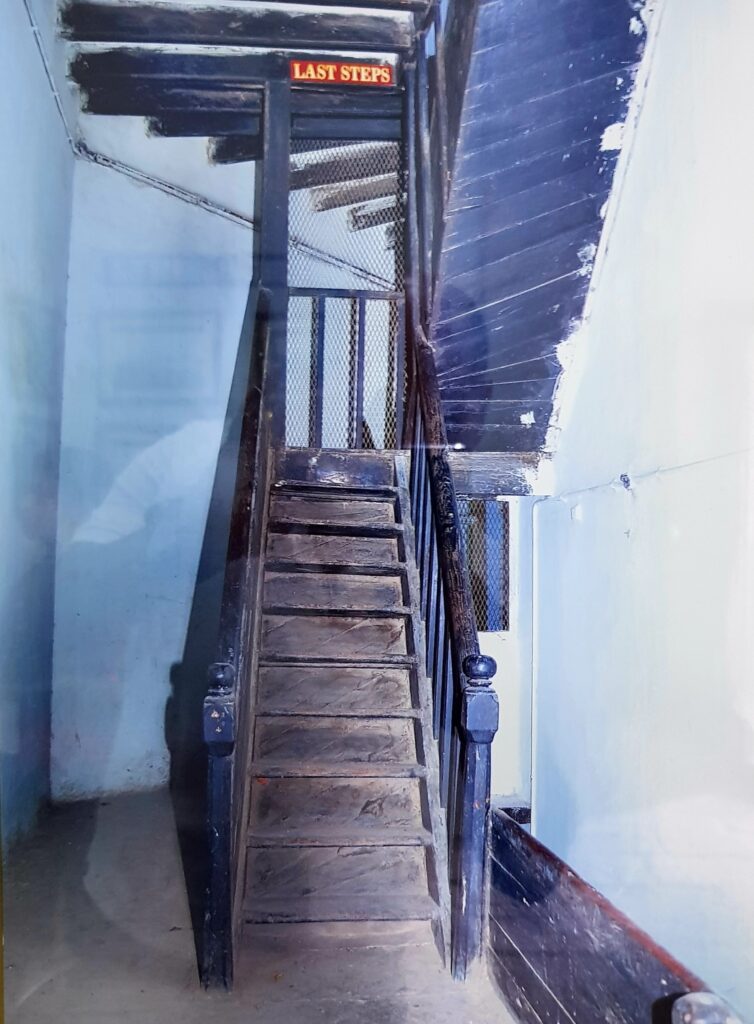
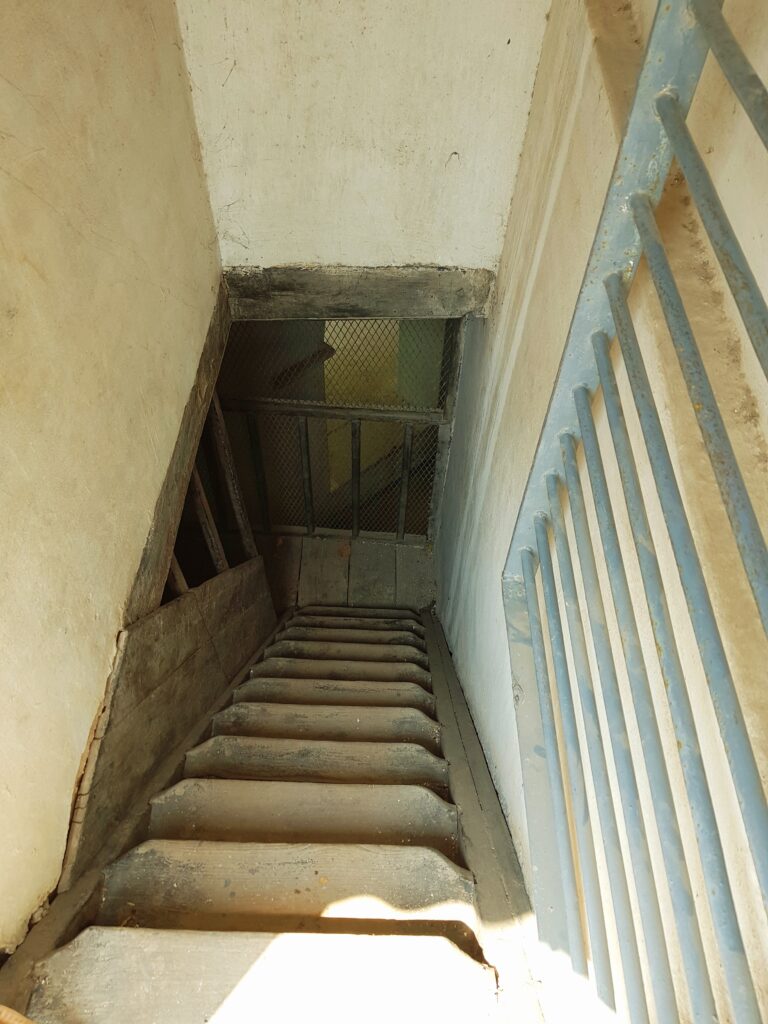
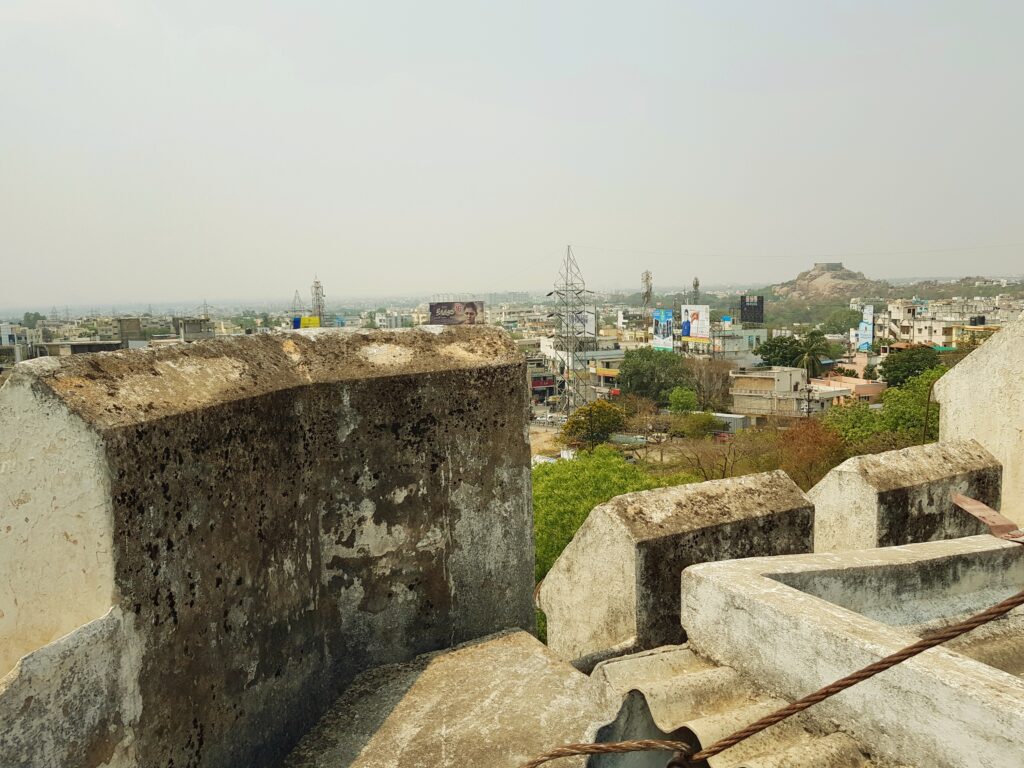

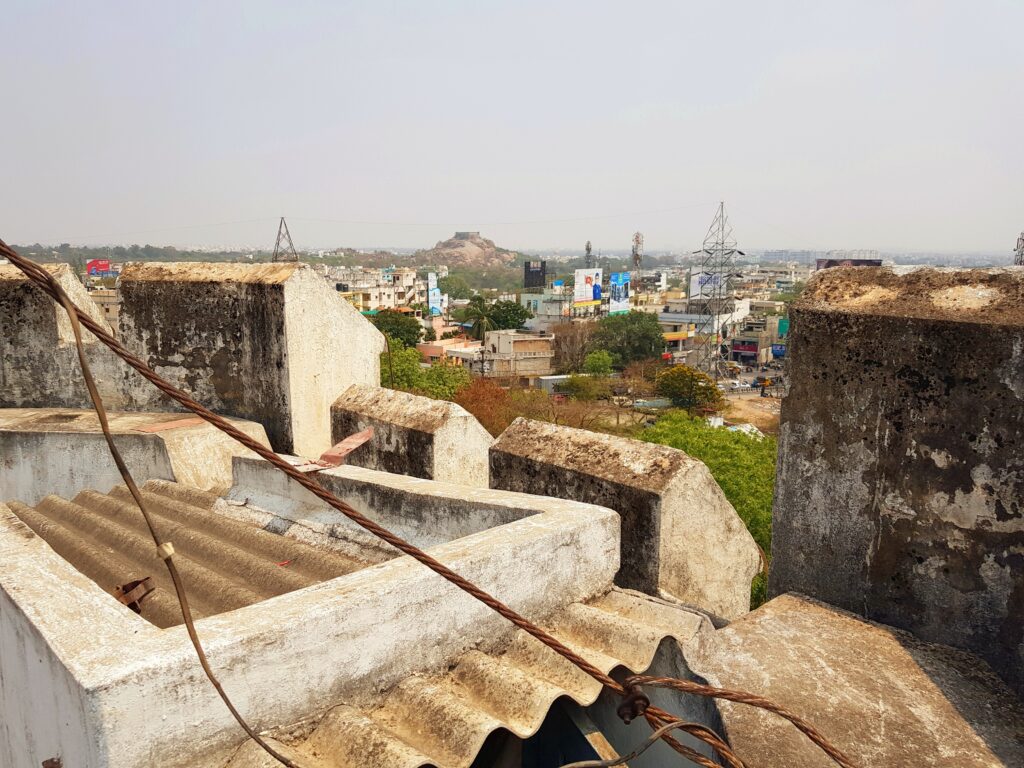





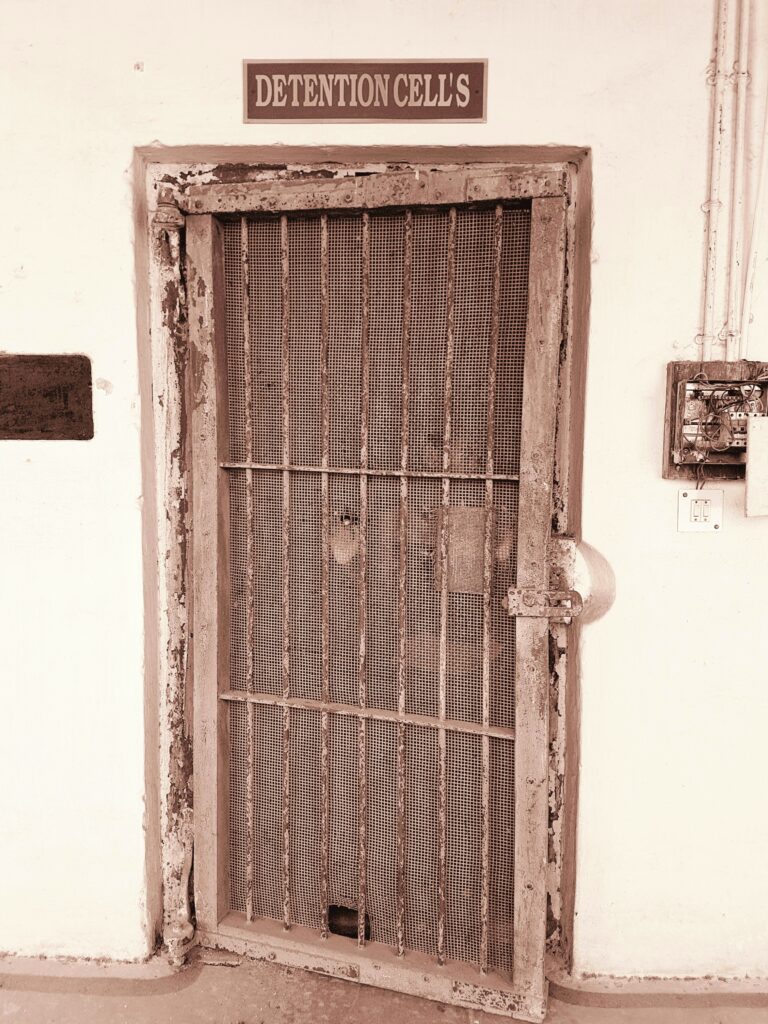
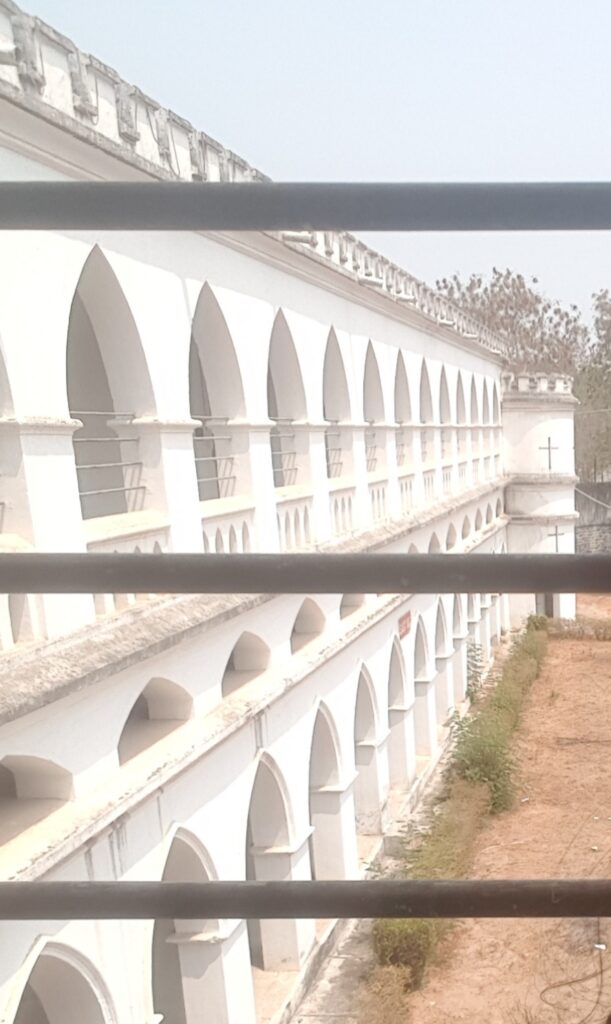


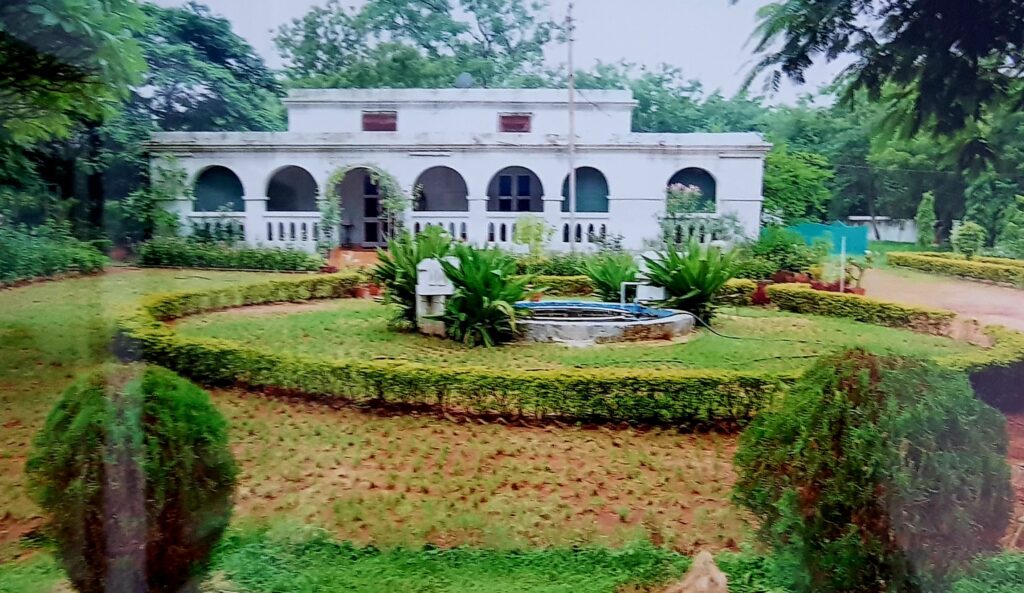
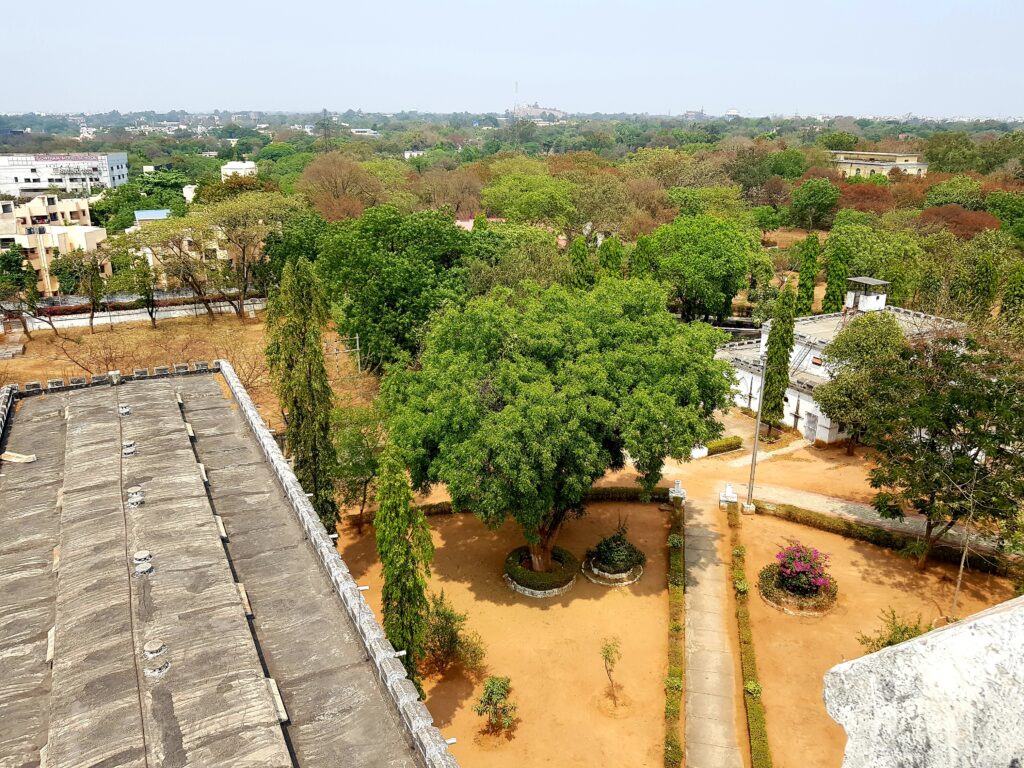
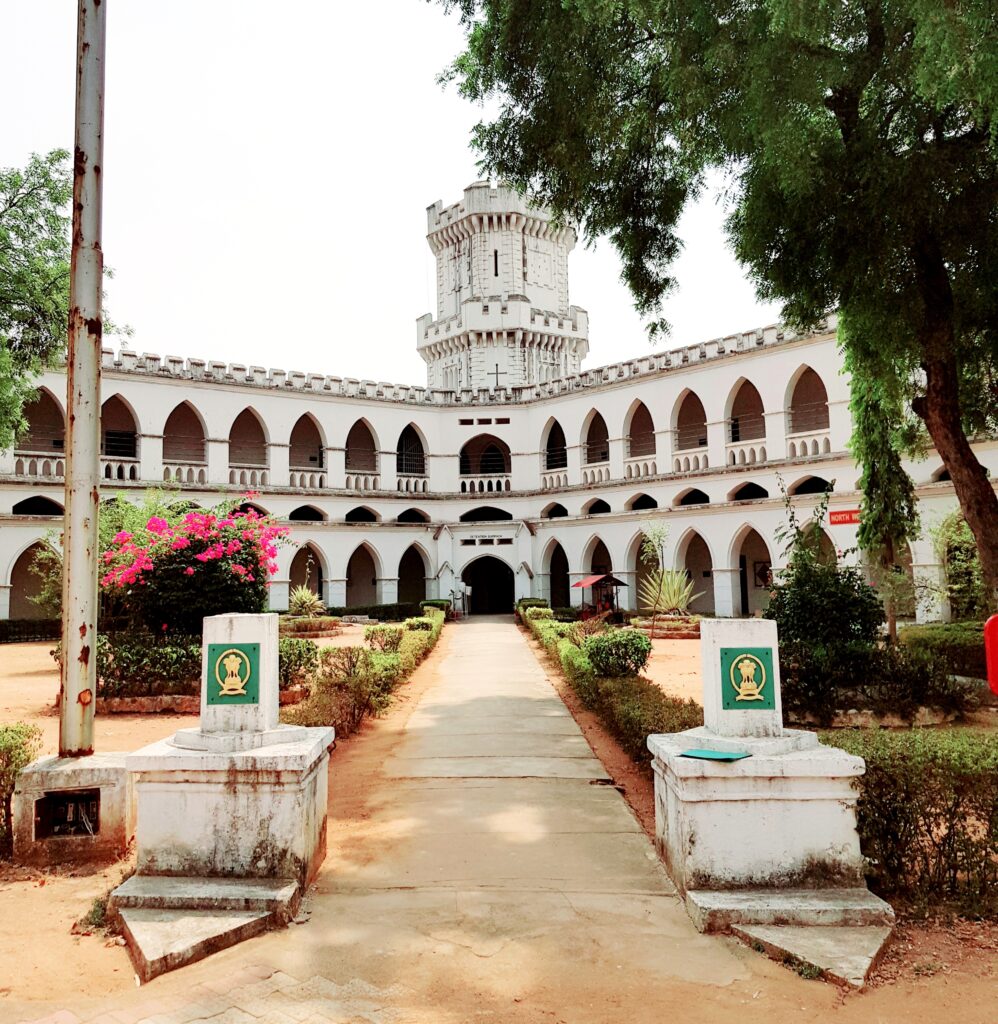
I was searching on the net for some info since yesterday night and I ultimately found what i was looking for! This is a great website by the way, although it is a little difficult to read on my att phone.
After checking out a handful of the blog articles on your web page, I seriously appreciate your way of writing a blog. I saved it to my bookmark site list and will be checking back soon. Take a look at my web site too and tell me what you think.
Thank you so much. Really appreciate